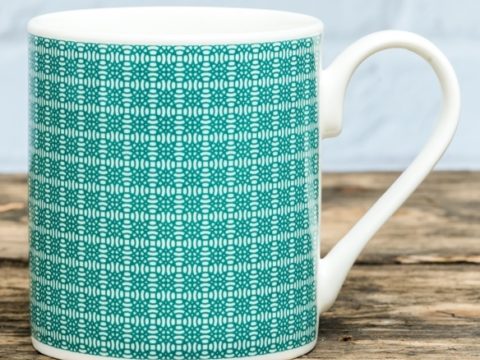Royal Splendour
Chapter 5 : York to Durham
For the present, however, it must have been extremely gratifying to Margaret to see so much display for her sake. She entered York in her ceremonial litter with all her ladies and gentlewomen wearing fresh gowns. The four orders of mendicant friars formed up in procession and marched ahead of her. The trumpets, sackbuts and minstrels were all ‘rententissing’, to use Yonge’s marvellously evocative word.
The Mayor, Sir John Guillot, in crimson satin, with his aldermen in scarlet with chains of office, received her as she passed under Micklegate Bar and conducted her to the Minster. The streets were lined with men and women of all ranks, pressing forward to see the Queen, and hanging out of upstairs windows. It took two hours for the whole party to travel from Micklegate to the Minster – a distance of about a mile.
Awaiting Margaret in the Minster was Thomas Savage, Archbishop of York, William Senhouse (or Sever) Bishop of Durham; Robert Warhop, who was Senhouse’s successor as Abbot of St Mary’s York. They were all in their pontifical robes, and escorted her into the Minster, where she kissed the cross and made an offering at the high altar.
She then returned to what is described by Yonge as the palace, presumably that of the Archbishop, at Bishopthorpe, back on the south side of the city, outside the walls. The following morning, being a Sunday, she remained in the city, going to Mass at the Minster at 10am, accompanied by her whole retinue, from the Earl of Surrey downward, as well as the ecclesiastical company mentioned above, the Bishops of Moray and Norwich and the town dignitaries. The bells continued to ring throughout the day.
Margaret heard Mass seated in a ‘traverse’ which is something like a box pew, reserved for the most important members of the congregation, as generally, people stood in church. Afterward, a procession formed up, with all of Margaret’s permanent retinue, the bishops, the York dignitaries, the Earl of Northumberland, the Latimers, the Scropes, and the Lords Willoughby, Hastings and Strange.
The Queen was in the centre of the procession, dressed in cloth of gold with a collar of precious stones and a gold girdle which reached the ground. Her train was carried by the Countess of Surrey and an usher, and behind her came the other ladies and gentlewomen of her suite.
Northumberland matched her in splendour – he too was in cloth-of-gold, with three gentlemen of honour and other hangers-on all in outfits embroidered with his arms.
The procession went somewhere, but whether they left the Minster or just walked around it, is unclear. At the end of it, the High Mass was sung by the Archbishop and the other clergy in what Yonge refers to as the chapel of the Earl of Northumberland. Our best guess is that the Mass was sung near the tomb of Sir Henry ‘Hotspur’ Percy, ancestor of the Northumberland of Margaret’s day, in the Minster.
Religious duty done, Margaret returned again to the Archbishop’s Palace and the whole company enjoyed an afternoon of dining and music. The Countess of Northumberland, Katherine Percy née Spencer, was introduced to her. Lady Northumberland’s mother had been a first cousin to Margaret’s grandmother, Lady Margaret Beaufort, so she merited being greeted with a kiss.
It is not difficult to imagine that, by now, Margaret was developing a very high idea of her own importance – she was only thirteen years old, so to be at the centre of so much attention must have been an experience that would have influenced her for the rest of her life. As she had always played second fiddle to her brother, Arthur, before his untimely death, the adulation must have been doubly pleasing.
Margaret left York on Monday 19th July, with her next stops being at Newborough – another place no longer on the map, but perhaps near Thirsk – then Allerton, now called Northallerton, Darneton, Hexham and Durham
In each location, the same process was followed – the local dignitaries and gentlemen would meet her, she would kiss the cross, attend Mass, and then retire to her lodgings, whilst bells rang and crowds thronged the streets. In the morning, she would be accompanied out of the town by the burgesses, and then met by those of the next town.
The Earl of Northumberland was still with her, and still showing his wealth. When they entered Durham, he was sporting another outfit – a gown of tinsel, furred with ermine. He continued to prance about in gambards, which caused the bells on his harness to tinkle alluringly.
In Durham, she went to the cathedral before being lodged in the castle. Probably exhausted by this time, the party remained in Durham for three days, being entertained by the Bishop. The Bishop feasted all comers with ‘double dinner’ and ‘double supper’, which we take to mean two sittings. It was an important time for the Bishop too, as he was installed that week, having been elected only in June.




